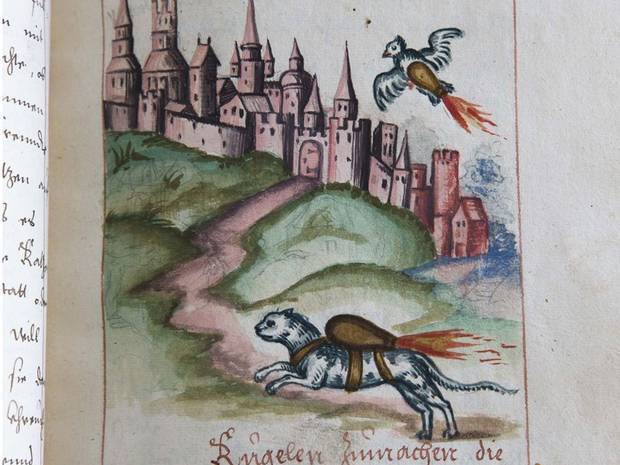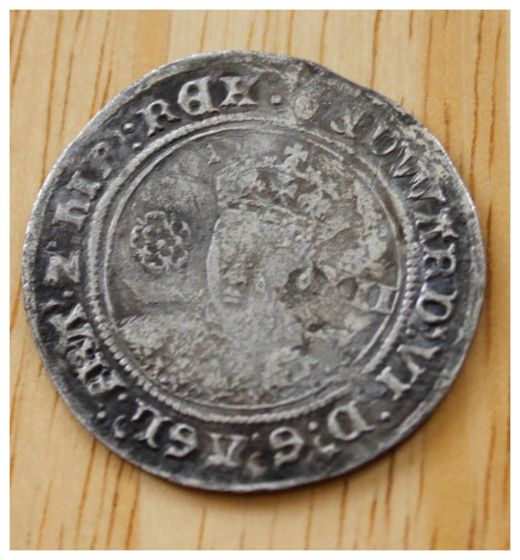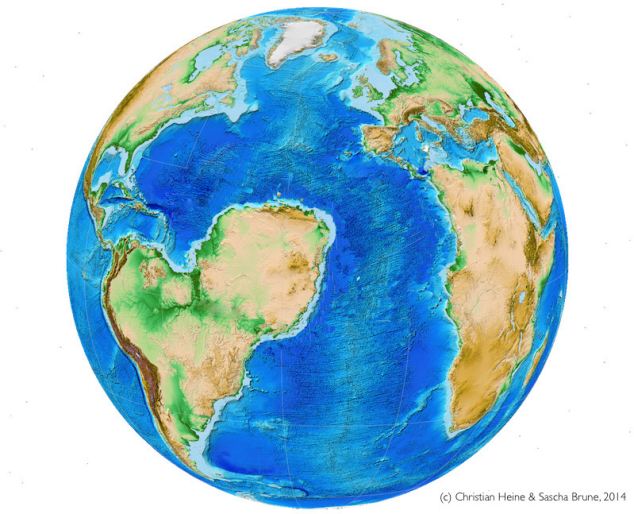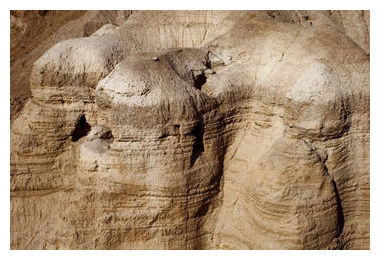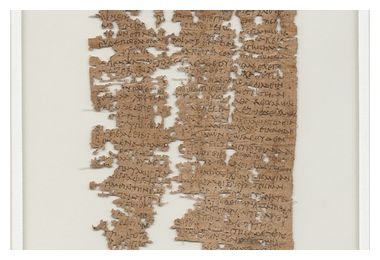
© Bancroft Library at the University of California BerkeleyDating back about 1,800 years, this letter was written, mainly in Greek, by Aurelius Polion, an Egyptian man who served with the legio II Adiutrix legion around modern-day Hungary. In the letter, discovered more than a century ago in the Egyptian town of Tebunis and only recently translated, Polion pleads with his family to respond.
A newly deciphered letter home dating back around 1,800 years reveals the pleas of a young Egyptian soldier named Aurelius Polion who was serving, probably as a volunteer, in a Roman legion in Europe.
In the letter,
written mainly in Greek, Polion tells his family that he is desperate to hear from them and that he is going to request leave to make the long journey home to see them.
Addressed to his mother (a bread seller), sister and brother, part of it reads: "I pray that you are in good health night and day, and I always make obeisance before all the gods on your behalf. I do not cease writing to you, but you do not have me in mind," it reads.
"I am worried about you because although you received letters from me often, you never wrote back to me so that I may know how you ..." (Part of the letter hasn't survived.)
Polion says he has written six letters to his family without response, suggesting some sort of family tensions.
"While away in Pannonia I sent (letters) to you, but you treat me so as a stranger," he writes.
"I shall obtain leave from the consular (commander), and I shall come to you so that you may know that I am your brother ..."
